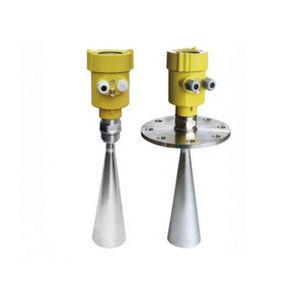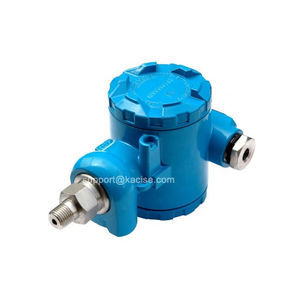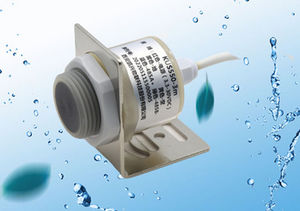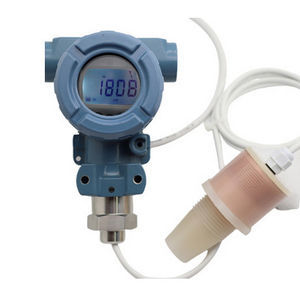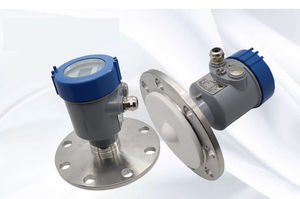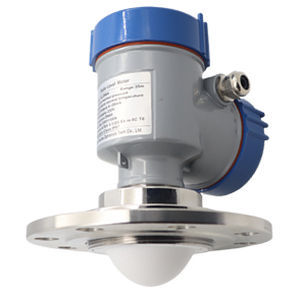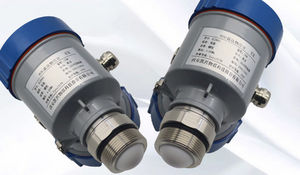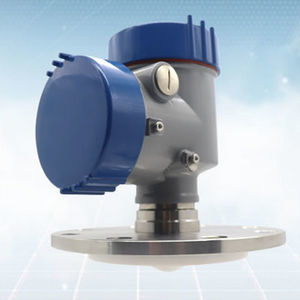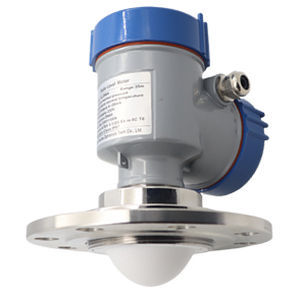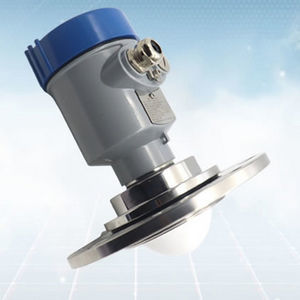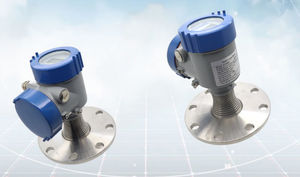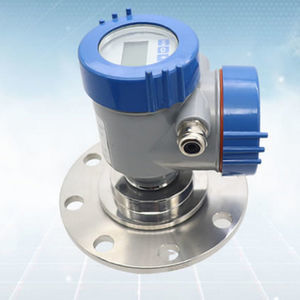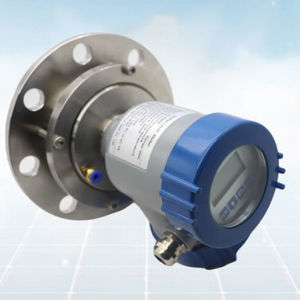
- Detection - Measurement
- Flow, Pressure and Level Measurements
- Radar level transmitter
- Xian Kacise Optronics Co., Ltd.
Radar level transmitter 36720224liquidRS-485HART





Add to favorites
Compare this product
Characteristics
- Technology
- radar
- Medium
- liquid
- Interface
- 4-20 mA, HART, RS-485, CAN
- Level range
Min.: 0.1 m
(0'03" )Max.: 100 m
(328'01" )- Process pressure
Min.: -0.1 MPa
Max.: 2.5 MPa
- Process temperature
Min.: -40 °C
(-40 °F)Max.: 130 °C
(266 °F)
Description
High Frequency 80GHz Hydrology Radar Level Transmitter With Hart Protocol
Introduction
The benefits of choosing the HART protocol mainly include; digital capability, analog capability, availability & interoperability. This protocol can also be utilized with different devices and sensors. HART protocol-based devices are extensively accepted in industries.
Effect Of Radar Level Transmitter Frequency Range On Measurement
The radar level gauge emits electromagnetic waves through the antenna. The higher the frequency of the electromagnetic wave, the higher the energy of the electromagnetic wave. The shorter the wavelength, the more obvious the scattering phenomenon. Conversely, the lower the energy, the longer the wavelength, and the energy is not easily absorbed by the gas phase layer.
For the same size antenna, a liquid level sensor with a wavelength of 1.2 cm and a frequency of 26 GHZ has a gain of 6 times higher than that of a liquid level sensor with a wavelength of 3 cm and a frequency of 10 GHZ. (Remarks: Antenna gain is a parameter indicating the degree of radiation concentration of a directional antenna).
The overall beamwidth of a radar level gauge is inversely proportional to the frequency of the device. Therefore, for the same diameter antenna, if the frequency of the radar level gauge is increased, the beam width will be lower than that of the lower frequency equipment, and the narrow beam can minimize the influence of the nozzle, tank wall and interference.
At the same time, the measurement range of the radar level gauge is also affected by factors such as frequency, antenna size, dielectric constant of the liquid, and process conditions.
Other Xian Kacise Optronics Co., Ltd. products
Fluid Level Meter
Related Searches
- Flowmeter
- Liquid flowmeter
- Pressure transmitter
- Level limit switch
- Pressure gauge
- Level probe
- Liquid level limit switch
- Analog pressure transmitter
- Liquid level probe
- Gas flowmeter
- Stainless steel flowmeter
- Analog pressure indicator
- Pressure switch
- Waterproof flowmeter
- Pressure probe
- Industrial flowmeter
- Relative pressure transmitter
- Membrane pressure transmitter
- Waterproof pressure transmitter
- Stainless steel pressure transmitter
*Prices are pre-tax. They exclude delivery charges and customs duties and do not include additional charges for installation or activation options. Prices are indicative only and may vary by country, with changes to the cost of raw materials and exchange rates.



